Usurpation of Vespasian
The throne is mine by blood and steel. Let the fools rattle and scream of usurpation and injustice. Let them rise against me with all their might. I will gladly put another hundred thousand bodies into Vardanias blood stained earth.Alea Iacta Est. The die is cast. Any hope for a lasting peace has been crushed. Vespasian Valerian has usurped the throne and shaken the Hegemony to its very core. His reckless actions have set forces in motion that cannot be controlled and will throw the continent into an ever-escalating spiral of violence. Pray to your gods, oh children of Vardania, for the dark days have only just begun.
Rise of the Coalition
The coup had been a complete success and within the day, Vespasian's forces had taken control of the capital. However, a small detachment of the Imperial Guard had remained loyal to Miera and on the 18th of Febris, they freed the Empress and her son. Rushing out of Velaris, their chaotic flight alerted the troops stationed around the area. News of the coup spread like wildfire and the region around the capital was set ablaze, as loyalist and vespasianid forces clashed without sense or order.Fleeing West
A day from Velaris, Miera met up with Warmaster Octavian and continued her flight west, Dhion Hi, right-hand man of Vespasian hot on her heels. It soon became clear that he was gonna catch up to them, forcing Octavian to make a choice. On the 21st, he decided to stall Hi with his forces, while Miera continued toward Nikoris. A day later, Octavian's army was annihilated at the Battle of Capie, the ageing Warmaster dying in a wild melee. Nevertheless, he had bought Miera valuable time. Together with her son and a small group of guards, she sailed from Nikoris on the 23rd.
Orange Garden Oath
It did not take long for an organized resistance to form. Amelian the Elder had gained knowledge of the events on the 24th and immediately ended his campaign on the Summer Coast to march north. He wasn't the only one. Adeon, Prince of Tarquinnia, officially entered the war on the 25th, when he crossed Hideon's Canal and began to assault Vespasian's forces. Exchanging messages, the two met at Ciera on the 28th. In the Orange Garden of the Imperial Winter Palace, the two solidified their alliance, swearing to drag the usurper from his throne.
Vardania Burns
There seemed to be a change in the nature of the conflict as it entered into its second phase. At first, fighting had been somewhat contained to the Western Provinces, most factions focussed on controlling the capital. Now, however, it spread across all of Vardania like a plague. Vespasian's Coup had shown the fatal weakness of the Hegemony, had shown how easily sheer military power could undermine the state. Governors and Warlords everywhere saw an opportunity and flocked to whoever promised to be more rewarding. Strategies changed as well. Armies raged across the land, intent on destroying as much of their opponent's territories and resources. Massive Ecinde swept throughout the Reach, the Heartlands and the Summer Coast. Hundreds of cities and tens of thousands of villages were put to the torch. The sun was blocked by clouds of smoke, as thousands of hectares of fields were set ablaze. As the Hegemony's infrastructure collapsed, plague and famine reared their heads for the first time in centuries, turning previously unharmed regions into wastelands. Many areas consisted solely of ashen fields and charred forests, crucified corpses lining the roads. Both Loyalists and Vespasianids committed countless atrocities, sacking entire towns if they supported the "wrong" side.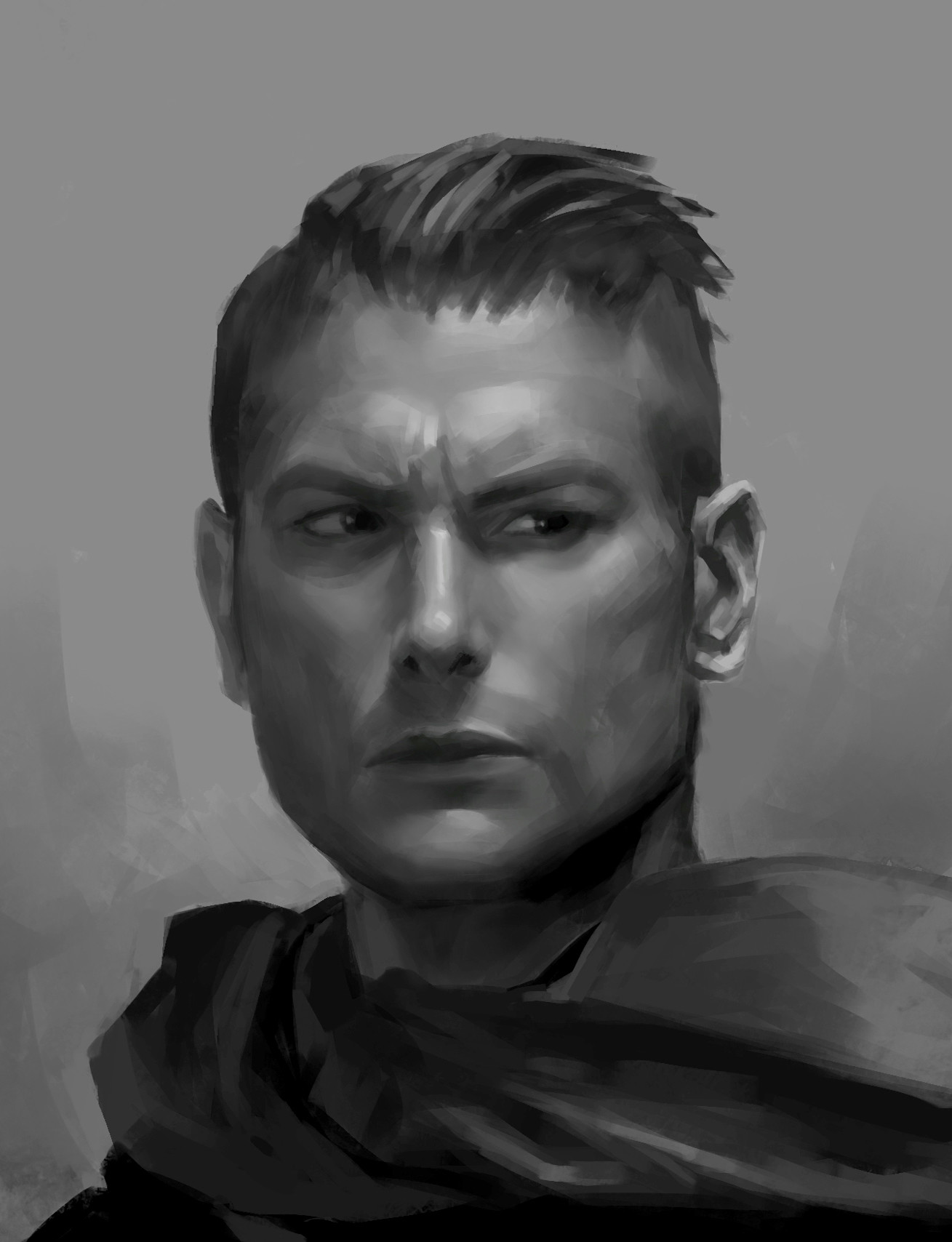
by Yeji Hong
The Tide Turns
The winds of war soon turned the other way around, however. On the 4th of Martius, Dhion Hi was smashed by Amelian the Elder near Ainach and Vespasianid forces pushed out of southern Vardania. Worse, Adeon returned from the east with six newly raised Legions and began to retake the Heartlands. While Seron managed to destroy a Loyalist army near the Carian Gate, the war seemed to turn firmly against the Usurper now. Trajan, one of his generals joined the Loyalists in early Apris and an uprising instigated by traitorous factions within his army, occupied large parts of the capital. Late Maius, saw Amelian defeat Dhion Hi yet again and push into the Western Provinces. In the east, Seron was pushed back by his brother, Adeon's army occupying the western Heartlands.The Empress Strikes Back
In early Iunis, Empress Miera returned to Vardania at the head of four Scetian Legions. Vespasian warned of her coming, raised another army to stop her. On the night of the 3rd of Iunis, Miera's army forced a landing against a force twice as large. The Battle of the Helean Coast saw the veteran Scetian Legionaries smash Vespasian's hastily assembled army. Then on the 10th, Gaius Maeris, returned from Anidara with his Legion to support the Empress. With armies pushing on all fronts, the Usurper's forces retreated behind the Quea Vetara e Amelia, the massive fortifications protecting the capital, on the 21st of Iunis. Over half a million Loyalist soldiers began the siege, trapping nearly three hundred thousand enemies within Velaris.Velaris in Ashes
The Second Siege of Velaris was even more devastating than the first. Ash clouds covered the sky, as the green fields around Velaris drowned in a tide of blood and fire. Nothing escaped the claws of war as Loyalist forces slowly pushed their way in. The beauty that had once been the imperial capital, turned into a corpse covered, ashen plain ragged with craters. Hundreds died every day and constant bombardment turned life inside Velaris into a living hell. On the 6th of Septem, nearly three months after the siege had begun, Loyalist forces had pushed all the way into the cities centre.
The Second Siege of Velaris was even more devastating than the first. Ash clouds covered the sky, as the green fields around Velaris drowned in a tide of blood and fire. Nothing escaped the claws of war as Loyalist forces slowly pushed their way in. The beauty that had once been the imperial capital, turned into a corpse covered, ashen plain ragged with craters. Hundreds died every day and constant bombardment turned life inside Velaris into a living hell. On the 6th of Septem, nearly three months after the siege had begun, Loyalist forces had pushed all the way into the cities centre.
Tyrants Fall
But Vespasian had no intention of surrendering. The Usurper, having grown paranoid over the previous weeks acted increasingly irrational and purges became increasingly common and brutal. His actions caused more and more unrest among the Imperial Guard, the fact that Miera's soldiers had begun to enter the inner city only added to it. It would only be a matter of time until the mad Emperor would lash out against them as well. On the 7th, they acted. They rushed the Imperial Palace, killed every soldier still loyal to Vespasian, cornered the Usurper in his throne room and ended his life.
But Vespasian had no intention of surrendering. The Usurper, having grown paranoid over the previous weeks acted increasingly irrational and purges became increasingly common and brutal. His actions caused more and more unrest among the Imperial Guard, the fact that Miera's soldiers had begun to enter the inner city only added to it. It would only be a matter of time until the mad Emperor would lash out against them as well. On the 7th, they acted. They rushed the Imperial Palace, killed every soldier still loyal to Vespasian, cornered the Usurper in his throne room and ended his life.
They say the war is over. That there is nothing more to fight over. But they are wrong. I see it in their eyes. In their very souls. They won't...can't stop this maelstrom of madness.
Included Conflicts
Conflict Type
War
Start Date
17.02.2219
Ending Date
08.09.2220
Conflict Result
Devastation of the Reach. Death of Vespasian. The Regent regains control.
In Tarquinnia lived a man with nine sons, nine lifes had only just begun,Tortured Artist At the time of Vespasian's coup, only eleven members of the once vast Valerian Dynasty were still alive. Most well known among these, aside from the Seven Princes, the tortured artist, Emelia Valerian. Born to Eugeron's younger brother Gerion in 2203, the young Valerian would spend most of her life in a world tearing itself apart. Often called a fragile soul, she took to writing to ease her troubled mind. From a very young age on, she had written poems and short stories on all kinds of topics. As the war progressed and especially after Vespasian took the throne in 2219, these would take a far darker tone. Death, suffering, nightmares, bloodshed and destruction became key features in her writing. Most famous of her creations, the Lament of the Seven Princes, a poem hailed as the hallmark of Vardanian art. Shortly after finishing the poem in 2221, she would take her own life.
Three lifes for war with fingers of steel,
Two for plague with fingers of bone,
Three to hunger gaunt and thin,
One the neighbour in name of Miera,
And lastly the man took his own.

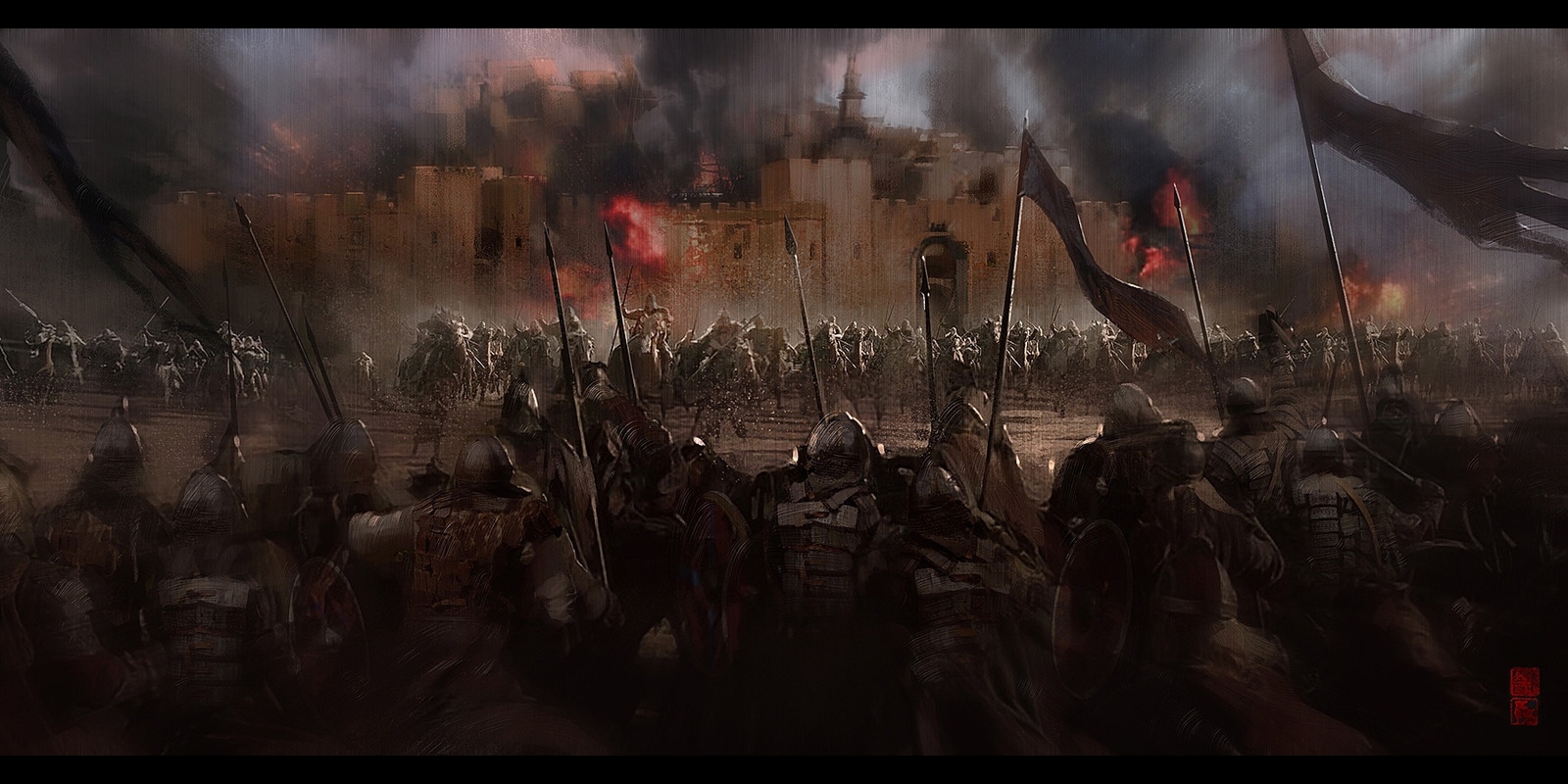
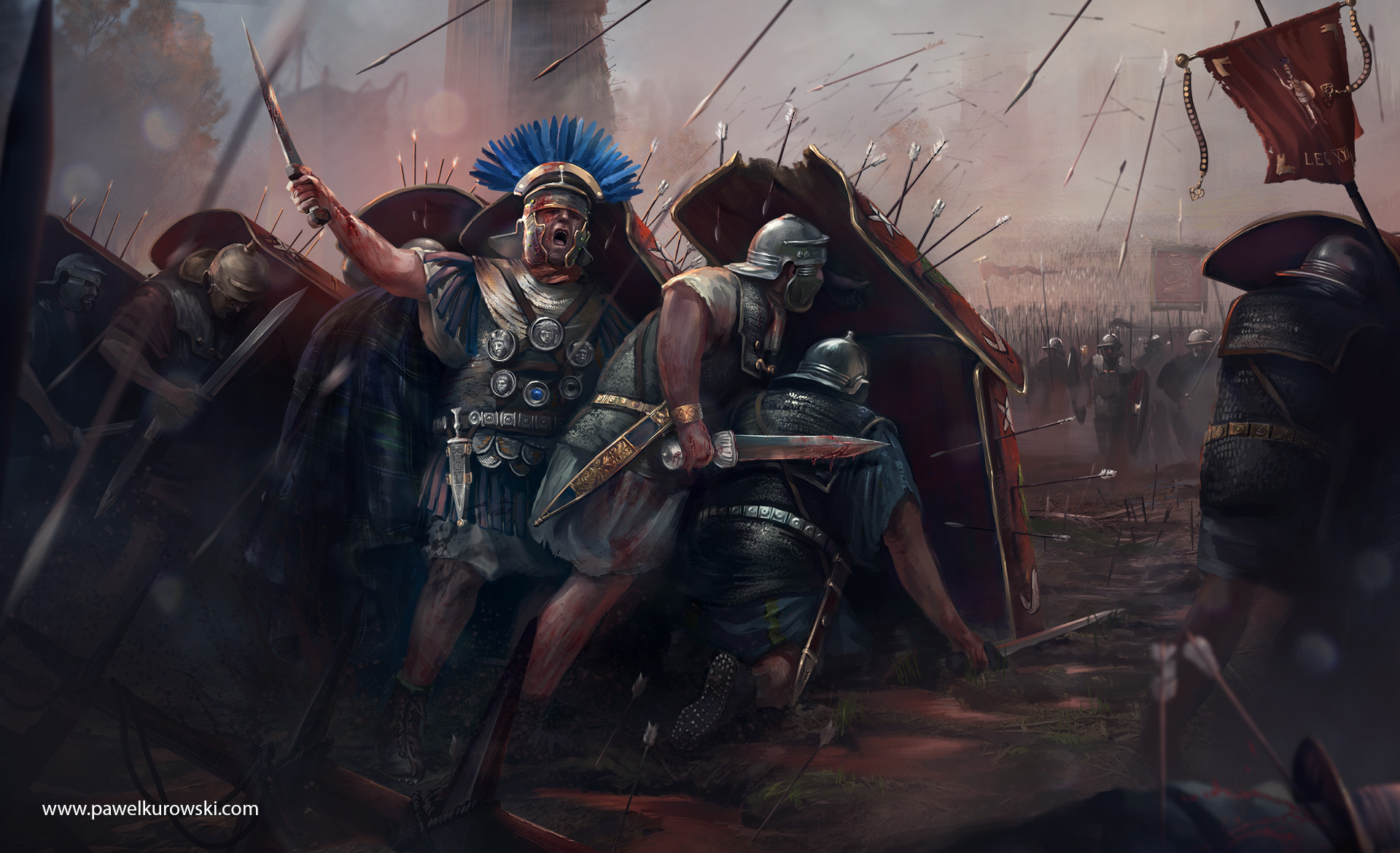
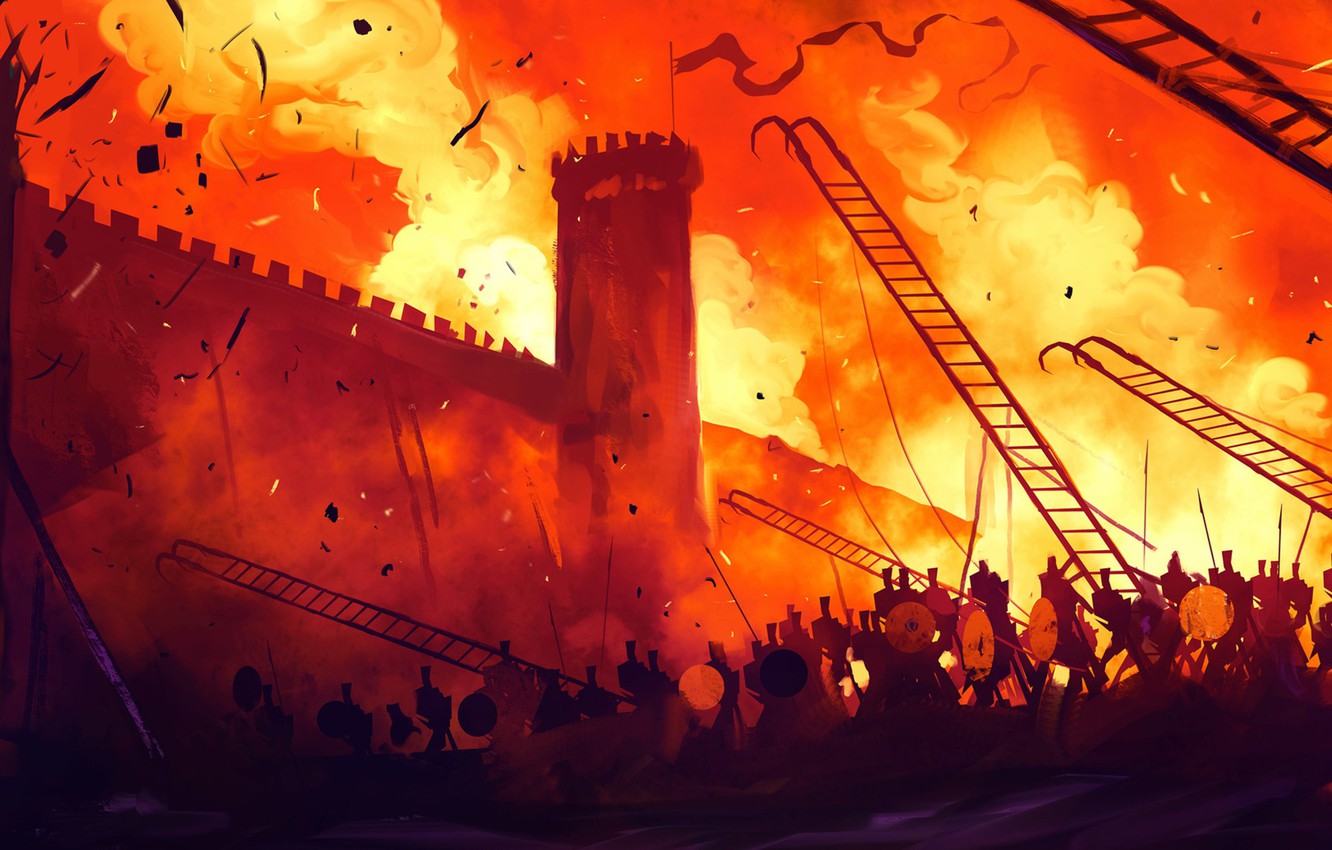
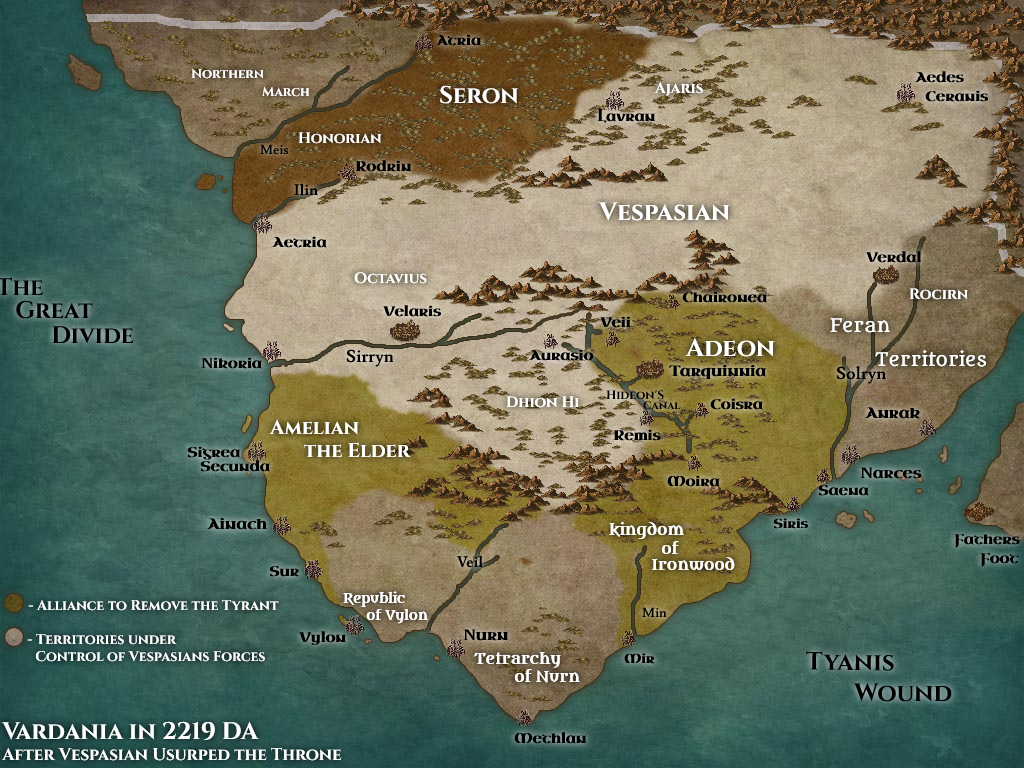
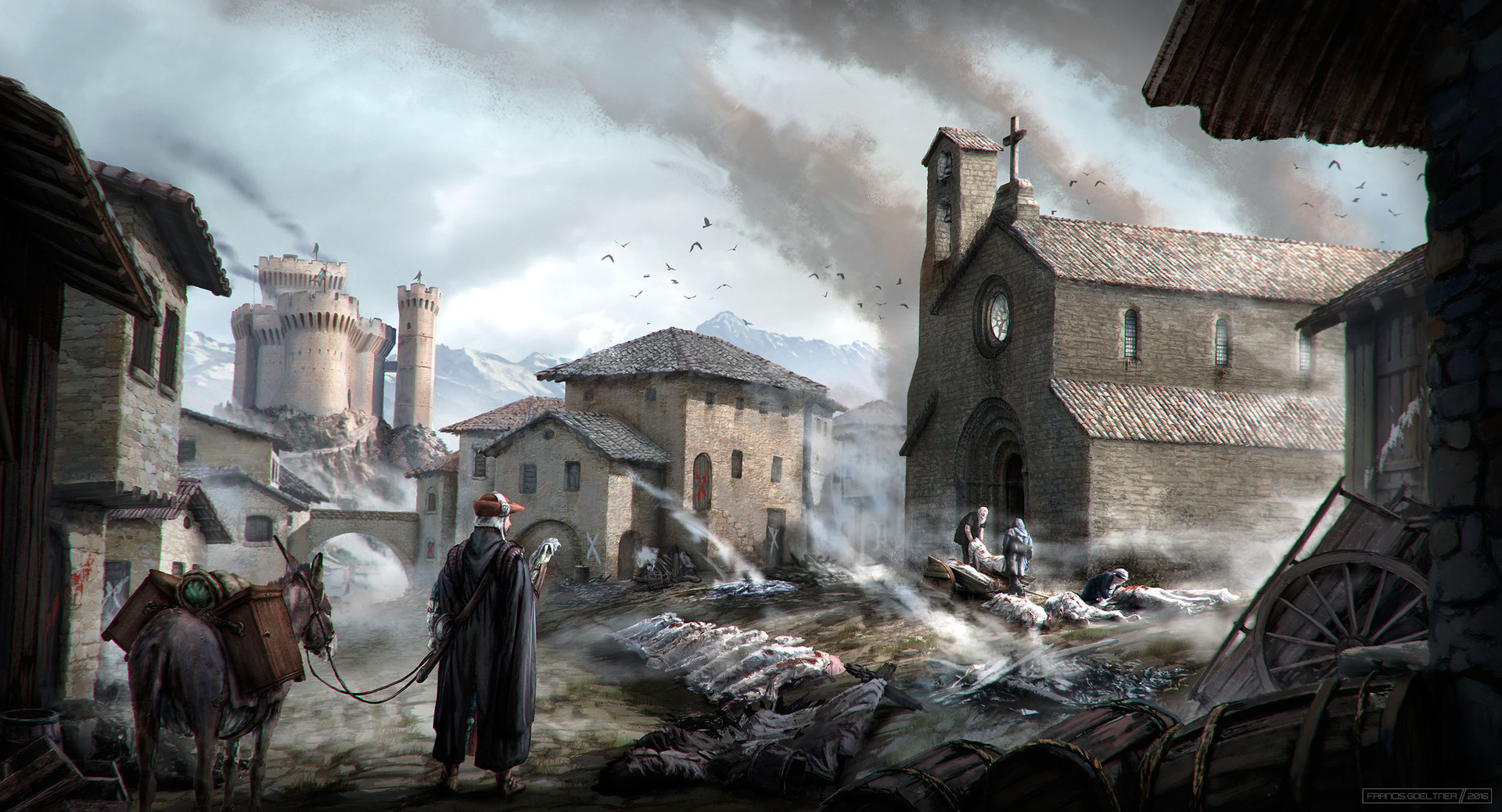
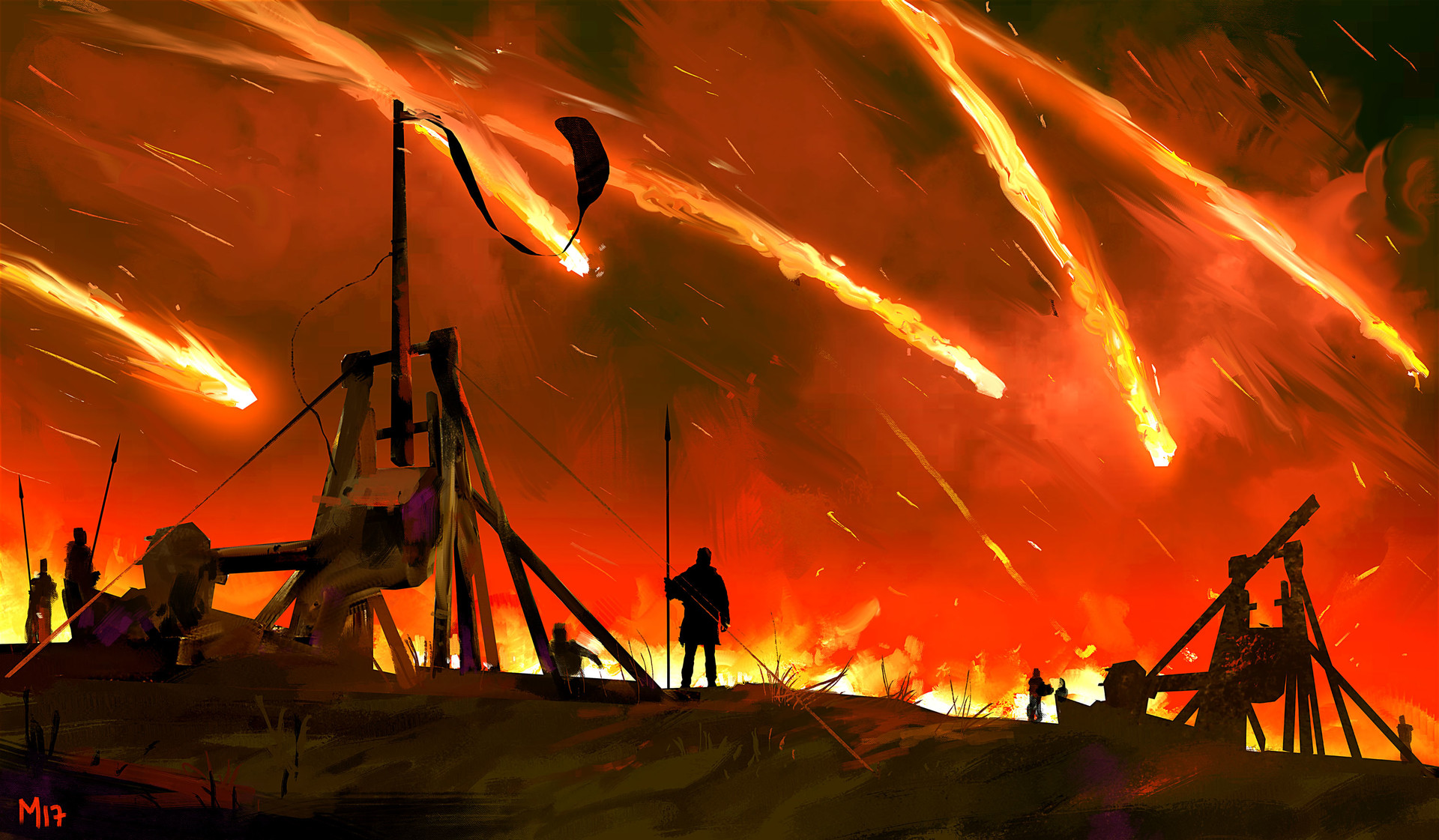

Comments